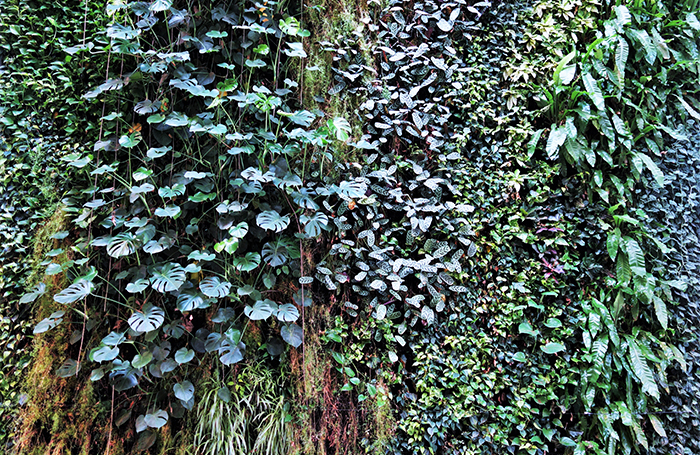Coupling vertical greening influence in building energy simulations
Kan-chane R. Gunawardena & Prof Koen Steemers, Department of Architecture, University of Cambridge, UK
Awards RIBA President's Awards for Research 2021
Category Design and Technical

Environmental thermal loading on urban buildings is expected to increase resulting from the combined influence of a warming climate, increasing frequency and severity of extreme heat events, and the heat island effect.
As means to address such urban heat-related risks, green infrastructure enhancements have been widely supported by an expanding body of research findings, which in turn has informed the development of planning policies encouraging greater implementation.
The challenge of realising enhancements in densely built cities however has necessitated the consideration of alternative approaches such as surface greening. Early efforts promoted horizontal greening (commonly referred to as ‘green-roofing’), although in recent years ‘vertical greening’ (VG) has gained increased prominence in efforts to exploit the under-utilised and abundant vertical façades of urban buildings. This paper examines the hypothesis that the latter typology of vertical greening and its categories serve to enhance climate resilience in urban built environments.
To assess this hypothesis, the study developed a novel one-dimensional model (VGM) that can be coupled with the TRNSYS building energy modelling framework to obtain reasonable estimates of microclimate modification and energy use implications of VG addition. The application of this coupling at an indoor case study highlighted vertical greening addition to present a net annual space-conditioning energy consumption saving when air-conditioning was considered, while application at a semi-outdoor case study simulated surface flux reductions to highlight the prevalence of a thermally moderated microclimate. Although both these sheltered environments cannot be compared like-for-like, it is noteworthy that the greater influence of the novel living wall category simulated at the semi-outdoor study contrasted against the greater influence of the traditional green façade category simulated at the indoor study. This highlighted the complex significance of the substrate feature of the former living wall category’s design, which in certain circumstances could present counterproductive influence in sheltered environments.






